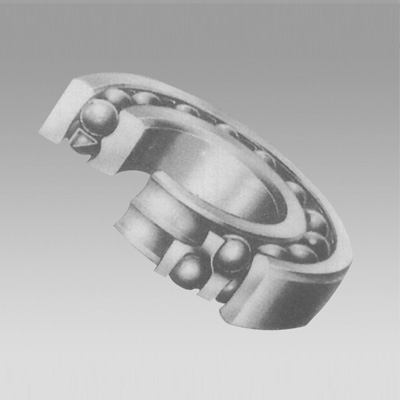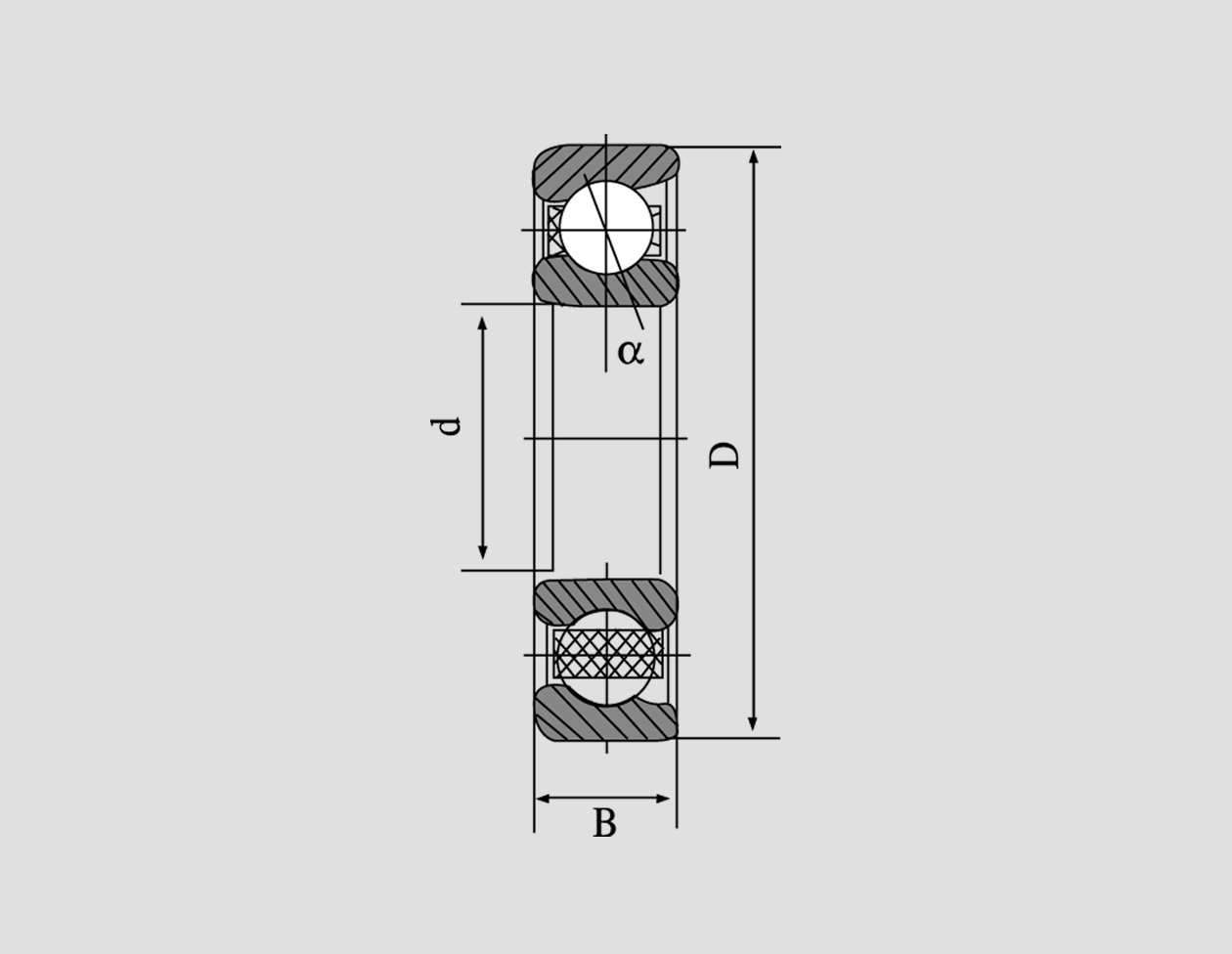
May . 16, 2025 09:51 Back to list
Hybrid Deep Groove Ball Bearings High-Performance & Durable Solutions
- Overview of Hybrid Deep Groove Ball Bearings
- Technical Advantages Over Conventional Models
- Performance Comparison: Leading Manufacturers
- Customization Solutions for Specific Needs
- Real-World Applications and Case Studies
- Why Choose a Chinese Manufacturing Partner
- Future Trends in Hybrid Bearing Technology

(hybrid deep groove ball bearings)
Hybrid Deep Groove Ball Bearings: Revolutionizing Industrial Efficiency
Hybrid deep groove ball bearings combine ceramic rolling elements with steel rings, delivering a 30% reduction in friction loss compared to traditional all-steel bearings. These components are engineered for high-speed applications, with operational limits exceeding 1.8 million DN values in precision environments. A 2023 industry report revealed that hybrid bearings extend service life by 40–60% under extreme temperatures (up to 260°C), making them ideal for aerospace and automotive sectors.
Technical Advantages Over Conventional Models
Key innovations include:
- Silicon nitride (Si3N4) balls with 58% lower thermal expansion rates
- Advanced cage designs reducing centrifugal force by 22% at 15,000 RPM
- Specialized grease formulations compatible with vacuum environments
Laboratory tests demonstrate 20% higher axial load capacity in double-row configurations, critical for robotics and CNC machinery.
Performance Comparison: Leading Manufacturers
| Parameter | China Factory A | European Brand B | Japanese Brand C |
|---|---|---|---|
| Max Speed (RPM) | 23,000 | 19,500 | 21,200 |
| Dynamic Load (kN) | 18.7 | 16.9 | 17.4 |
| Noise Level (dB) | 42 | 47 | 45 |
| MTBF (Hours) | 85,000 | 72,000 | 78,500 |
Customization Solutions for Specific Needs
Top-tier Chinese manufacturers offer:
- Non-standard bore diameters (3mm–250mm tolerance ±0.5μm)
- Hybrid material combinations (e.g., stainless steel with PEEK cages)
- IP68-rated sealed units for marine applications
A recent automotive project achieved 12% energy savings through customized lubrication systems.
Real-World Applications and Case Studies
EV Motor Systems: Reduced winding temperatures by 18°C in continuous 15,000 RPM operation.
Medical Imaging: Achieved 0.1μm runout accuracy in MRI scanner bearings.
Wind Turbines: Extended maintenance intervals from 6 to 18 months in offshore installations.
Why Choose a Chinese Manufacturing Partner
Chinese factories now control 38% of the global precision bearing market (IBCC 2024 data), offering:
- ISO 9001/TS16949-certified production lines
- 15–25% cost advantages over Western counterparts
- R&D teams specializing in hybrid material science
Future Trends in Hybrid Bearing Technology
The hybrid deep groove ball bearings
market is projected to grow at 7.2% CAGR through 2030, driven by electrification demands. Next-generation prototypes feature graphene-enhanced lubricants (18% friction reduction) and smart sensors for predictive maintenance. As Industry 4.0 accelerates, manufacturers combining material innovation with IoT integration will dominate precision engineering sectors.

(hybrid deep groove ball bearings)
FAQS on hybrid deep groove ball bearings
Q: What are the main advantages of hybrid deep groove ball bearings?
A: Hybrid deep groove ball bearings combine ceramic balls with steel rings, offering reduced friction, longer lifespan, and superior performance in high-speed or high-temperature environments compared to all-steel bearings.
Q: Where are hybrid deep groove ball bearings commonly used?
A: They are ideal for precision applications like industrial motors, aerospace systems, and medical equipment, where low friction, high-speed operation, and reliability are critical.
Q: Why choose a China deep groove ball bearings factory for manufacturing?
A: China-based factories provide cost-effective production, advanced manufacturing technologies, and large-scale capacity, often meeting international quality standards like ISO for consistent performance.
Q: What are the benefits of deep groove ball bearings double row designs?
A: Double row designs increase load capacity and rigidity, making them suitable for heavy-duty machinery and applications with limited axial space while maintaining smooth rotation.
Q: How do hybrid bearings reduce maintenance requirements?
A: Ceramic balls in hybrid bearings resist wear and corrosion, minimizing lubrication needs. Regular inspections and cleaning of steel components still ensure optimal performance.
Latest news
-
Durable Greenhouse Pillow Block Bearings for Reliable Ventilation
NewsAug.31,2025
-
Spherical Roller Bearings Applications: Heavy Duty, Self-Aligning
NewsAug.30,2025
-
Premium Deep Groove Ball Bearings | High Speed & Reliability
NewsAug.29,2025
-
Durable Scaffolding Clamps - Secure & Reliable Tube Connectors
NewsAug.28,2025
-
Common Failures in Thrust Ball Bearings and Solutions
NewsAug.22,2025
-
How Tapered Roller Bearings Can Take Shock Loads
NewsAug.22,2025
